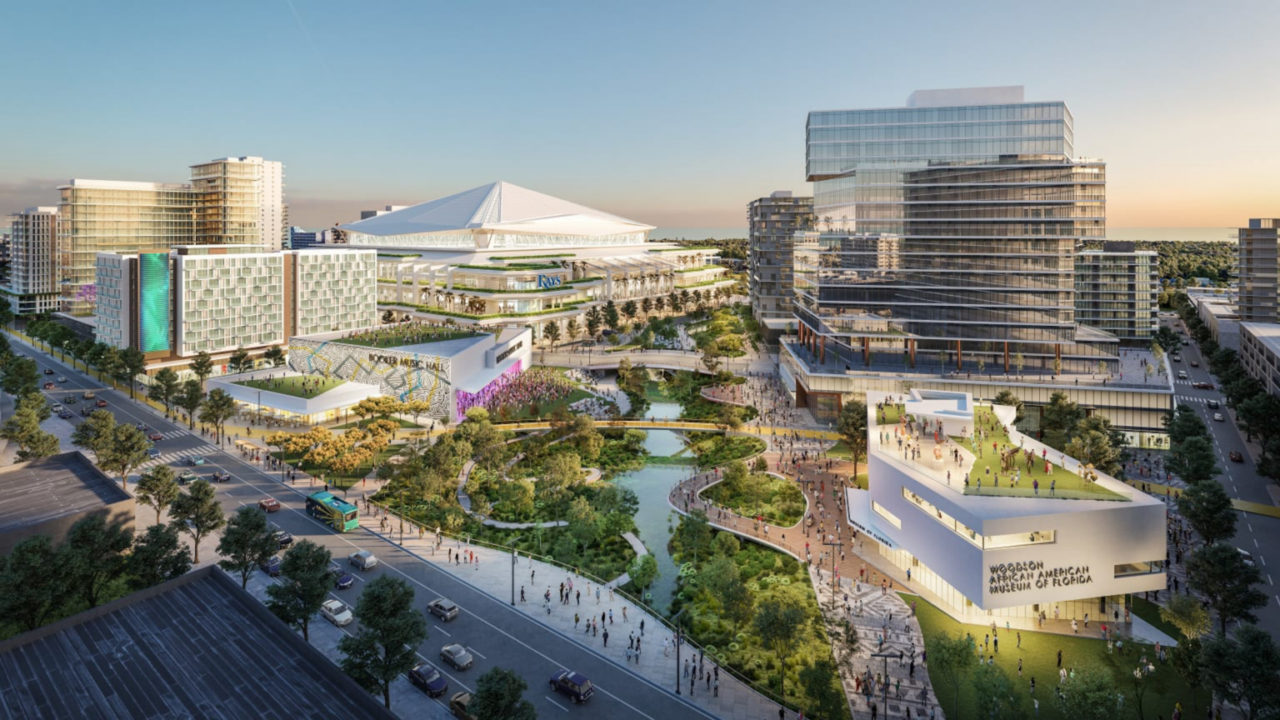Breaking: Rays set to sign Star right-hander for $6.25 million, plus option

The Rays appear set to add veteran reliever Phil Maton to their bullpen.
The framework of a deal is in place but is pending results of a physical exam and not finalized, and may not be until next week. The 30-year-old right-hander is set to get $6.25 million for this season, with a 2025 option for $7.75 million — making the deal worth $14 million — or a $250,000 buyout.
Maton had a strong 2023 season with the Astros, posting a 4-3, 3.00 record with one save in 66 innings over 68 games, striking out 74 while walking 25. He excels at getting soft contact, ranking among the majors’ best in 2023, and also is known for high spin rates on his curveball and fastball, which averages 89 mph.
Maton has pitched parts of seven seasons in the majors, previously with San Diego and Cleveland, and has an overall 16-12, 4.25 record with 398 strikeouts and 136 walks over 347 innings.
He joins a Rays bullpen projected to return right-handers Pete Fairbanks, Jason Adam, Shawn Armstrong and Chris Devenski, plus lefties Colin Poche and Garrett Cleavinger (who missed much of 2023 with a knee injury). That would seem to leave the final spot between lefty Tyler Alexander (who was claimed of waivers from Detroit) or right-hander Kevin Kelly, who had an impressive rookie season. Alexander and/or Devenski also could be tried as starters.
The Rays will have to make room on the 40-man roster for Maton, but if the deal isn’t official until after camp opens next week they could do so by shifting one of their starters rehabbing from elbow surgery to the 60-day injured list.
Rays stadium development team lays out plan for ‘world class destination’ amid stadium excitement and trepidation

The Tampa Bay Rays and its development partner, Hines, are full steam ahead in anticipation of a City Council vote sometime this Spring on the Tropicana Field site redevelopment project, as well as another also expected this Spring from the Pinellas County Commission.
Leaders from the Rays, Hines and its local partners fielded questions from members of Suncoast Tiger Bay at the club’s monthly luncheon, held this week at Tropicana Field.
Rays co-Presidents Brian Auld and Matt Silverman were on hand along with Hines Senior Managing Director Michael Harrison, Best Source Consulting President and CEO Anddrikk Frazier and Everald Colas, with project architecture firm Storyn Studio to present project details and answer questions from Tiger Bay members known for avoiding softballs.
Most of the information was rehashed details that have already been revealed, but speakers amplified their message that Rays baseball is in St. Pete to stay, and that their commitment to meeting community needs is fluid, much like the burgeoning metropolis that surrounds the 86-acre Historic Gas Plant site.
Notably, Auld re-upped his pledge to support all transportation-related initiatives in the region. The Rays have long backed transit and transportation projects in the Tampa Bay region, including its early support for the failed Greenlight Pinellas sales tax initiative in Pinellas County last decade and for Hillsborough County’s now-canceled All for Transportation sales tax that would have funded sweeping road and transit projects across the Bay.
“We just know we need all of it and we’re going to support all of it,” Auld said in response to a member question about how the team plans to address transportation challenges to get fans from a large region to a destination that has proven, at least geographically, less than ideal for regional attendance.
He noted that the Rays are, after all, a baseball team, and that plans to improve transportation should be left to experts to figure out.
The Rays have long struggled with attendance at home games, with the empty seats often attributed to location. The example most often cited involves a circle that encompasses the most number of fans within a 30-minute radius of the stadium. That’s a problem for the Trop site because about half of that circle for a downtown St. Pete stadium is in the water where, obviously, no one lives.
But the development team expects to mitigate that problem by, as Auld explained it, creating a world class destination.
Harrison laid out plans to create what will eventually be a largely self-sustaining development, where residents, visitors and workers can hit the grocery store, shop, dine, work and play all within walking distance.
“We’re taking lessons from the Gas Plant District as it was originally,” Harrison said, noting that the team is having conversations with those who once called the site home, but were displaced by the stadium’s original construction in the late ’80s. “Successful environments are designed to be placemaking.”
That means the site should include a grocery store (Harrison said Hines has already been in conversations with some grocers, but wouldn’t say who), new office space, amenities for all ages from day care to 50-plus features, shopping, entertainment, education and more.
He said the team has also been engaging with retailers and restaurateurs, and not just those who cater to high-end clientele. They’re looking at a mixed-use development that serves the needs of everyone from the business executive to the food service worker.
Frazier acknowledged that the community has heard these promises before, and pledged to ensure this project follows through, but “the community needs to hold us accountable,” he added.
While the Historic Gas Plant project has been met with plenty of excitement — the project has been decades in the making — it’s also faced its fair share of pushback, particularly as it relates to the city and county’s contribution to the project and related incentives to developers.
The Community Benefits Advisory Council (CBAC), tasked with evaluating development projects that include significant city subsidies to ensure adequate community benefit, signed off on the Rays/Hines development plan this week, but not before recommending the City Council stock it with a bit more bang for the community’s buck.
The plan includes 1,200 affordable housing units — 600 on-site and 600 off-site — a pledge of $50 million for city initiatives, a new Woodson African American History Museum and more. But it also includes a discounted land sale of $105 million for the 65-acre project area and about $600 million in public funds to help pay for a new stadium.
The CBAC recommended tying the $50 million pot for city incentives to inflation, and suggested penalties for not meeting housing goals, among other asks.
The development team, meanwhile, insists the community benefit will be robust, spanning everything from new affordable housing, the first new office space in the downtown area in about 20 years, park space, educational opportunities, sustainable building and design, cultural space, an event venue and more.
The project will also emphasize equity, leaders said. But that could be a liability in a state where diversity, equity and inclusion (DEI) initiatives are not only frowned on, they’ve been banned in certain public arenas, such as state colleges and universities.
The Tampa Bay Rays have become known for standing up for DEI and related issues, including supporting the removal of a Confederate statue in Hillsborough County and championing LGBTQ issues. But Auld said the organization doesn’t plan to get involved in every fight.
“We have to respect that we’re a baseball team,” he said. “We’re not looking to pick fights. … The vast majority of the time we think it’s best that other people speak.”
And Silverman likewise said it’s important for the team and the development to remain a place that welcomes all.
“Baseball is a game; it’s a sport that is supposed to be enjoyed by all,” he said. “We take that responsibility very seriously.”
He added that the development team, as well as the Rays organization, is committed to respecting those who have different views and ensuring they are welcome to the ballpark and surrounding development.

Leave a Reply